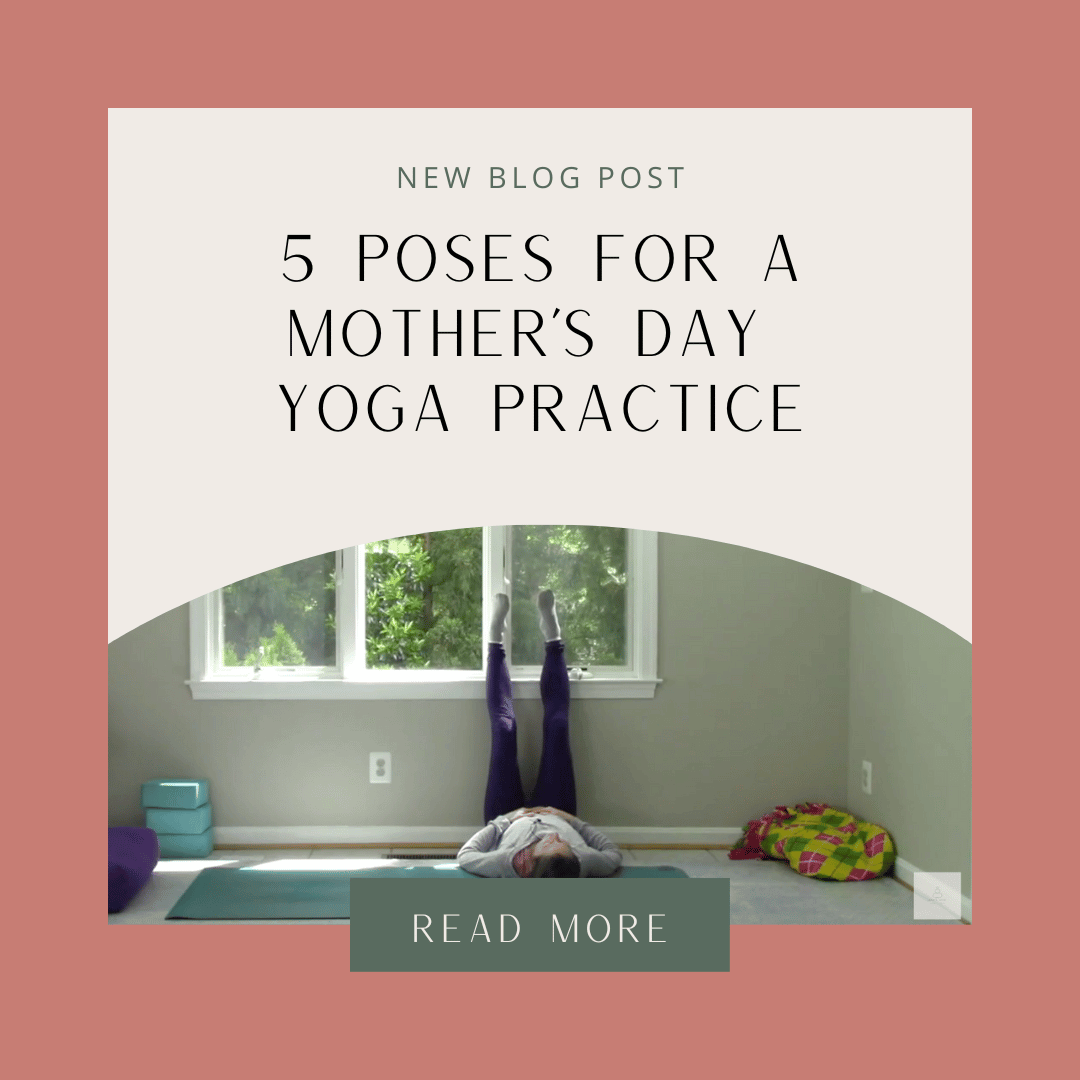Did you know that the spine can move in 7 directions?
The degree to which you’re actually able to move in all 7 directions may be minimal, but the human spine has the capacity to move 7 different ways.
One reason why yoga practice is so beneficial is that it focuses on these 7 directions of movement. If you think about it, often times we’re only moving in 2 directions all day long. Forward and backward. How many other sports or activities have you twisting and side bending on a regular basis in a controlled way with an emphasis on alignment?
So what are the 7 directions of movement for the spine?
Flexion (Forward Folds)
Forwards folds round the spine and help us bend down to grab things off the ground. Spinal flexion works in tandem with core engagement, specifically the contraction of the rectus muscles, or your 6-pack muscles. This is why it’s so important to keep your core engaged whenever you’re bending over to pick something up so that your smaller spinal muscles don’t bear the load.
We do a lot of flexion in our daily movement, especially if you sit at a computer all day long. The slouched, rounding forward of our shoulders is an indicator that we’re flexing the spine too much in our daily lives.
Extension (Back bend)
Spinal extension is the exact opposite of spinal flexion and a great antidote to that rounding of the shoulders. However, extending the spine is different then folding the spine in half, and it’s extremely important that we learn how to extend properly to maintain overall spinal health.
The three different parts of the spine have varying degrees of movement. The lumbar spine and cervical spine (lower back and neck) have more capacity for range of movement then the thoracic spine (the middle back and upper shoulders). In backbends, it’s common to see people fold backwards from their lumbar spines creating an angle rather then an arch-like shape in the back.
The purpose of extending the spine in yoga is to create more space, not compress the spinal vertebra. We use spinal extension in our daily lives when we’re dancing or leaning back to grab something behind us.
In general, we don’t extend as much as we flex, and so this is something we want to balance out in our practice. Spinal extension often strengthens the muscles of the lower back and lengthens the muscles on the front side of the body, which makes spinal extension postures really important for people who have low back trouble. Equally important is learning how to extend properly so that you don’t cause more damage to your back.
Lateral (Sideband right & left)
I love side bending. Side bends move your torso to the right and left. Side bends simultaneously contract one side of your obliques, transverse and quadratus lumborum, while stretching the other side. Side bends can increase space in the ribcage, which in turn can help us feel more light and free and make it easier for us to take a deep breath.
In general, we don’t side bend enough in our lives. We have arms that we can reach out around us to help us get what we need. Unless you watch that roller coaster preview at the movie theater and pretend you’re whipping around corners with the car on screen or dodging dodgeballs on a daily basis, it’s rare that we find opportunities to side bend in our daily routine.
Rotation (Twist right & left)
Rotation of the spine is used more often in our daily lives, but similar to extension can be done improperly and cause damage. Like lateral bending, twisting simultaneously contracts and lengthens muscles on either side of the body, this time in the core, shoulders and back. Because we have our shoulders, it’s common to lead twists from the shoulders rather then further down the spine. This limits the range of motion of rotation to a particular area of the spine that doesn’t have as much range of movement as other areas of the spine.
When twisting, it’s important to ground one part of the spine before moving the rest. The shoulders, hips or legs can ground the spine while the rest of the spine is free to move. When the grounding is coming from the legs or hips, it’s important that the rotation is mindful and beginning from the core and ribcage and that the shoulders follow the leader rather then be the leader.
All of us need to rotate if we drive cars. Looking behind you before you change lanes requires us to rotate, turning to the person next to you without moving your entire body around requires rotation, even cooking can require some rotation.
Rotating the spine consistently and correctly will help us keep our range of motion healthy and flexible so that daily movement becomes easier and less painful.
Axial extension (Lengthen)
Finally, we come to axial extension, which is the most difficult to understand. Axial extension is similar to extension except that it emphasizes lengthening vs. backward movement. The easiest way to think about axial extension is to familiarize yourself with the planes of movement. When you extend your spine, you’re moving through the saggital plane of movement. When you think about extending the spine, you think about leaning back.
Remember how I talked about the correct way to extend the spine earlier? To extend the spine correctly and safely, you also need to axially extend the spine, or lengthen while you lean. Axial extension creates more space in between the vertebra and thus creates more length and space in the spine as a whole. Sitting up tall from a slouched position would be considered axial extension. Since most of us are not constantly in a perfect postural position, returning to that position would axially extend the spine.
When we backbend, rather then just leaning back, we also must lengthen up to create space so that we don’t create those angles, which are really just bones folding over one another and rubbing against each other. Sounds painful, right?
Axial extension requires a more subtle but important set of muscular actions starting from the pelvic floor and moving all the way up to the proper positioning of the chin to create a long neck. In yoga, we call these actions bandhas, or locks. More on that later.
When the teacher tells you to sit up straight in school and stop slouching, you’re axially extending 🙂
Assess your daily spinal movement patterns
How many directions of spinal movement do you have consistently in your daily life? Which yoga postures do you love the most? You may love them because of how they move the spine!
Are there yoga postures you shy away from because you’re afraid they’ll hurt your back? Spend some time with a good teacher to help you learn how to move the spine safely for your unique situation.
We can all benefit from moving the spine in its complete range of motion. Doing this regularly makes you feel better too!
Happy flexing, extending, side bending, twisting, and axially extending!
Namaste 🙂





